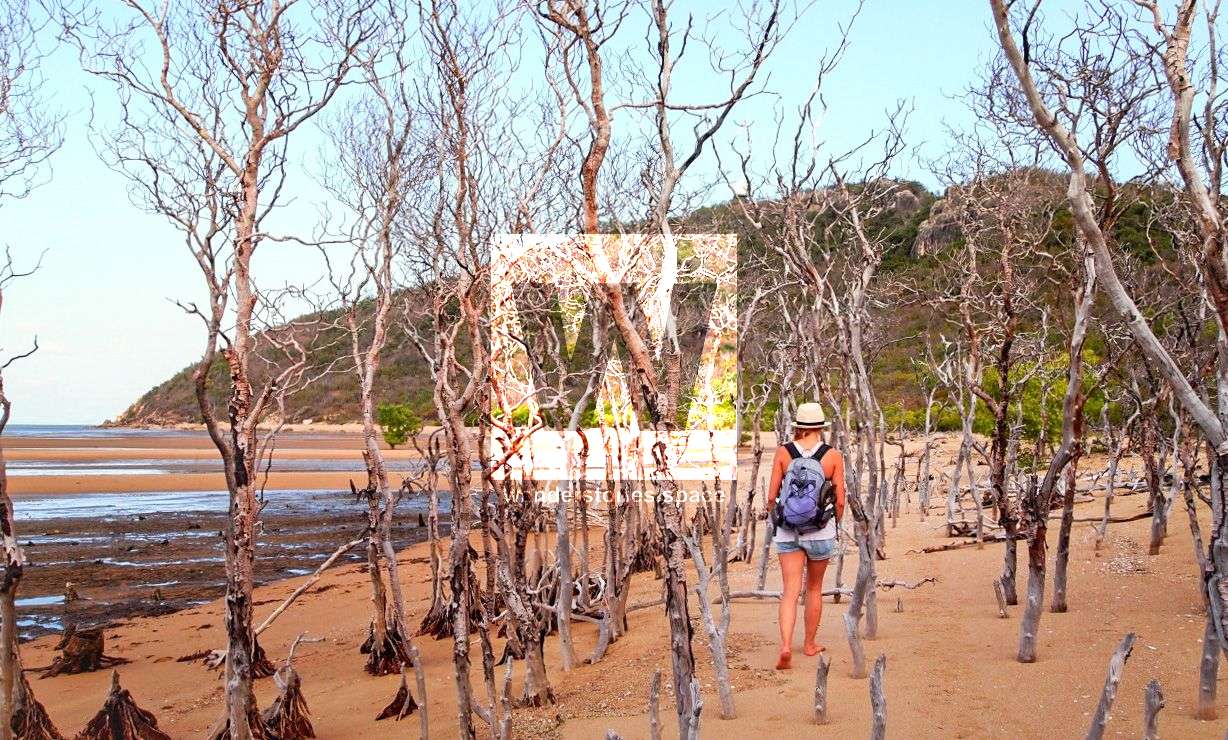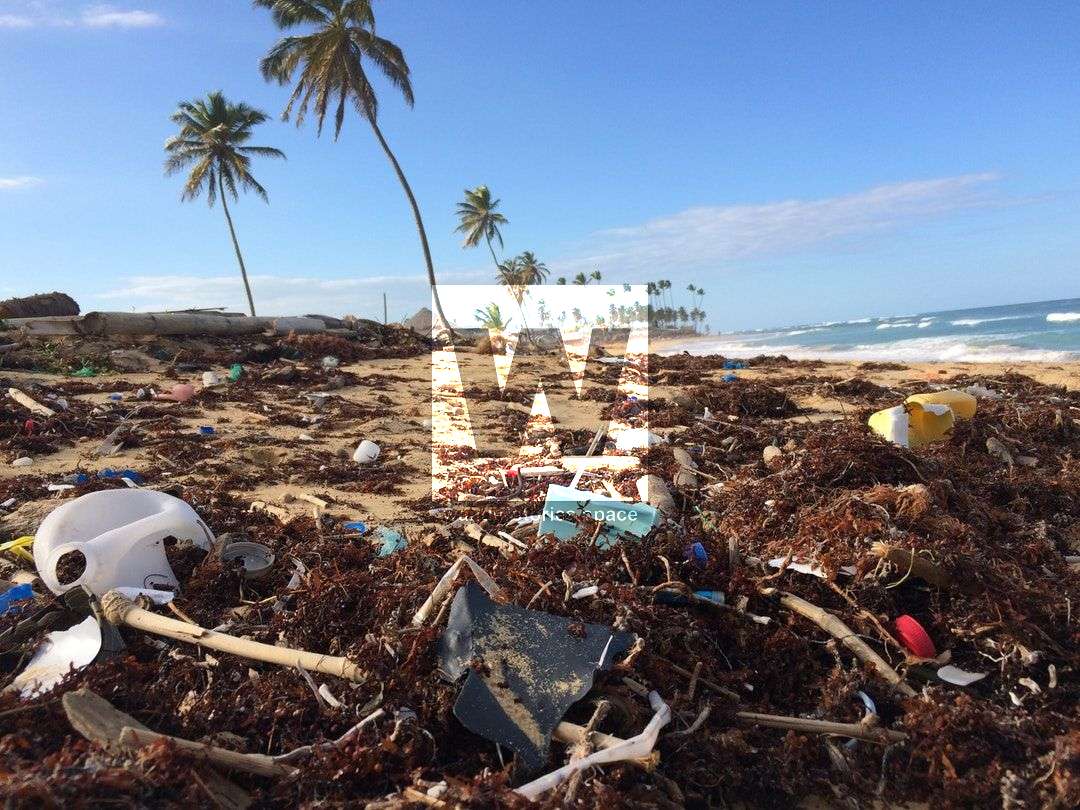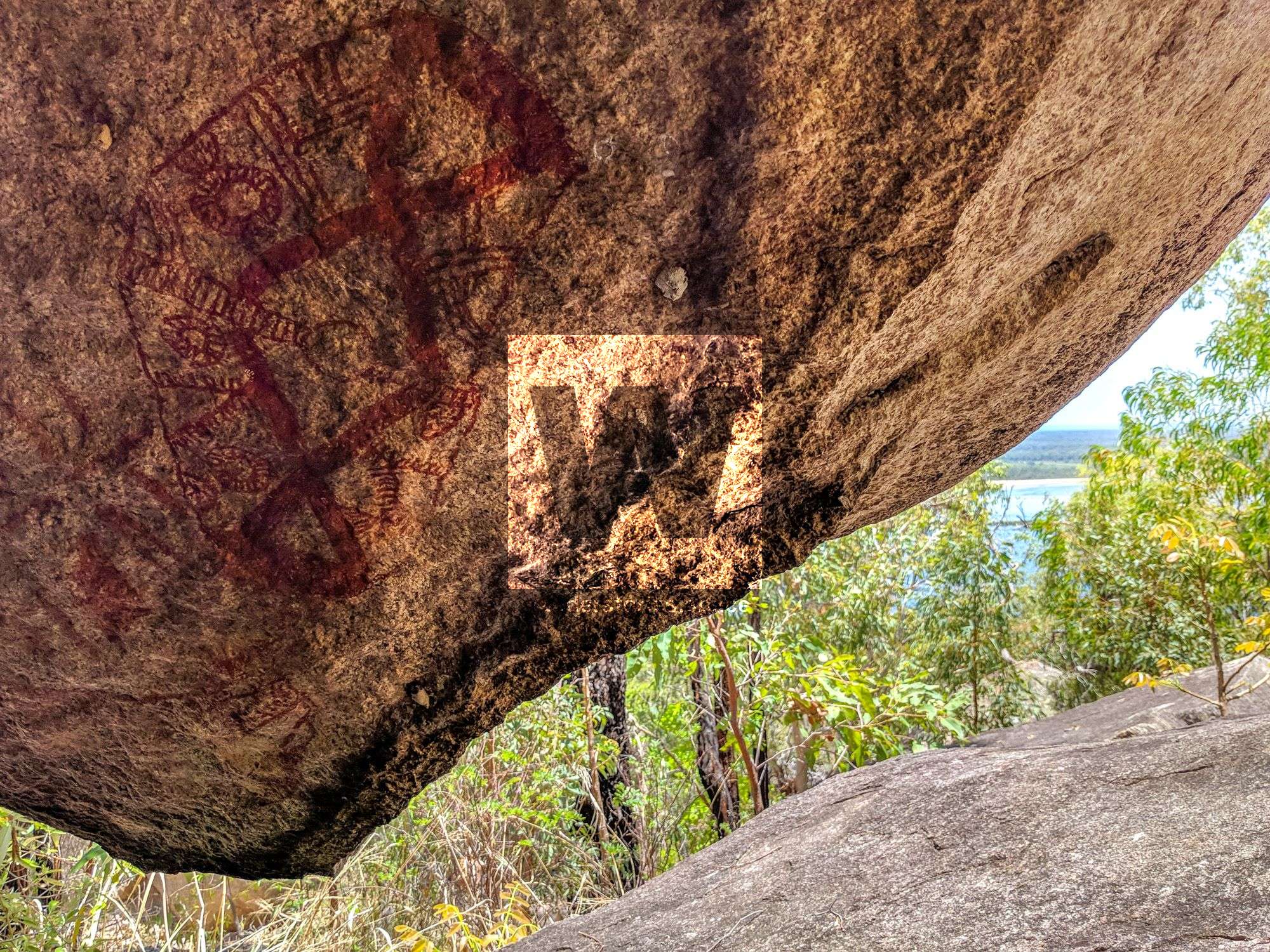Leave No Trace
'Leave No Trace' is all about conservation and protecting the environment in its natural state, which is what national parks set out to do. 'Leave No Trace' ensures that everyone can enjoy the natural beauty of the outdoors in harmony.

Wanderstories holds environmental concerns close to heart. We deeply care about sustainability and conservation. Over the years and through our articles, we share our approach to the great outdoors, and our values such as the 'Leave No Trace', 'Hike It Out', and 'Take 3 for the Sea' philosophies. We hope to inspire sustainability and environmental awareness for our beloved world.
There are many challenges that we face in the world as a society. We need to take action to protect, lessen our impact, and restore the stability and integrity of our beloved world. The first steps are to identify issues and to educate our community. We work steadily to share what we've learned and to not only do less harm but seek to better the world.
The phrase 'Leave No Trace' (LNT) defines modern outdoor philosophy. It represents a set of guidelines based on minimising your impact, but such guidelines haven't always been around. In the early 1900s, the bush was taken for granted; Individuals would cut, take, and burn whatever and whenever they needed. As environmental knowledge and awareness has grown, the focus has shifted toward conservation. The 'burn-bash-bury' practice and way of thinking is very ancient and these days, you should pack all your rubbish out with you. Better yet, take a bag with you and 'take three for the sea' or wherever else you find yourself.
'Leave No Trace' is all about protecting environments in their natural state, which is what national parks set out to do. 'Leave No Trace' ensures that everyone can enjoy the natural beauty of the outdoors in harmony; so, this point is the foundation of respect for the park as a whole, rangers, traditional owners, and other visitors. The 'Leave No Trace' principles does not only apply to national parks, but applies to all land including (but not limited to), state government, local council, and private property.

Surprisingly, our feet can do the most damage. Avoid busy periods, as high traffic puts undue pressure on wild spaces, and you may even get the areas all to yourself! Walk in small groups of around 4-8 people, especially when going off-track. Small groups also put less strain on the environment than larger groups by having less disturbance to the soil, vegetation, and wildlife. Keep your voices and other sounds to a minimum as noise has been proven to affect wildlife.
"Shortcuts may allow you to reach your destination with haste, alas it is the entire journey in which true solace is found"
Hiking is where a lot of damage can happen. The best way to minimise your impact is to stay in a single file and stick to the track! Avoid taking shortcuts, which can cause erosion. Veering off the track (to avoid mud, other people, or for that Instagram-worthy photo) can lead to trail-braiding, which is ugly, spreads out the impact, and drastically increases erosion. It is recommended to take secateurs in rainforests to keep the existing path clear and to avoid trail-braiding (don't do this within National Park). Block offshoots of a track that have developed due to a high volume of people going the wrong way and created a compacted path. Read the Walk Softly article by Queensland Government.
Georeferencing and geotagging have caused a lot of issues in the past, consider not disclosing the precise locations of your social media posts and photos. In some cases, it is best practice not to disclose the location at all, such as fragile and sensitive environments, or places that do not have the infrastructure to support human traffic.
With more adventurous activities, such as rock climbing, canyoning, highlining, avoid altering the rock to suit your needs. This could be as simple as not chipping a hold, or using natural protection when safe to do so. Attempt to "ghost" canyons, climb trad (traditional protection), and highline off natural gear when possible. This means removing old, unsafe, or unnecessary webbing and gear and avoid bolting rocks, if there's adequate natural protection available, and only do so if you have experience bolting in that type of environment.
Avoid lighting fires on rocks and in creek beds. Fire scars are ugly and permanent. Use common sense and be fire smart; avoid starting fires on dry, windy ridgelines, saddles, etc. When you're setting up, scrape away the top layer of vegetation, leaving mineral earth. Stay with the fire until you're done with it, and then extinguish it completely and leave it cold. When you leave, scatter the ash and coals around to make it seem as if you were never there.
It is also possible for fires to continue to burn in tree roots underground for days. So, take care when choosing your fire's location. Don't burry hot or cover it with sand - the next person may step on it burning their feet or it builds hear and reignites starting a bushfire.. Note that in most Queensland National Parks, open fires are prohibited.

Fallen branches and deadwood provide habitats for native animals. So, bring your own wood to popular places, or use wood that's provided to minimise the impact of your campsite. Where possible, use fuel stoves, as they have less of an impact and are usually better for cooking anyway. Dispose of waste correctly, be responsible, and don't throw waste that won't burn in the fire. Glass bottles, bottle caps, and aluminium foil and cans are often found in fire pits. 'Pack It In, Pack It Out'.
Become aware of the conservation programs and restrictions that might impact the park you're visiting. Contact the local body for advice and approval before setting out on your adventure. You might need to follow special procedures, like washing and sterilising your footwear before and after entering. Soil, seeds, and spores can stick to any gear that gets dirty while out in the wild. Help to avoid spreading diseases and invasive species by cleaning your gear before and after use.
Food waste that you leave in the bush will biodegrade eventually, and in some environments faster than others, but not before it's been an eyesore to others, has impacted the native wildlife, or even sprouted an invasive species. Pack it out! Don't feed the animals. Feeding native animals may make them sick and impact their natural behaviours. Feeding animals can also be quite dangerous, as it may encourage them to scavenge campsites for food.
#PackItInPackItOut
If you're out in the bush and you witness any illegal dumping report them to the local city council (e.g. Litter and illegal dumping Townsville City Council) and the state government (e.g. Littering and illegal dumping Queensland Government). Taking note of the vehicle's registration number, make, model, distinguishing marks, the person's appearance, time, date, and location is required to report these uneducated people.
Don't Leave Breadcrumbs! Do not go blazing trees, using surveyors tape (flagging tape), or spray painting rocks behind you unless you are an experienced trail marker, have appropriate permissions and/or permits, and have set out for that purpose; if that's the case, you should only use tape for the initial trail making process and then more permanent reflective metal markers afterwards - not paint! Consider using the ScotchBlue painter's masking tape or a similar paper-based marking tape as a temporary marker. Note that permanent reflective, high visibility marks are recommended so you can easily see them during the day and night. You also shouldn't rely solely on trail markers; a well-formed, well-maintained, defined track is always better than stopping and searching for the next trail marker. Trail markers can also fall down, burn in bushfires, or become hidden by vegetation, so a well-formed track is a must. If you see flagging tape on the ground, pick it up and hike it out - dispose of it properly.
If you can navigate properly, you won't need to mark the trail as 'just in case'. If you are marking the trail, you're not only ruining it for others as they try to follow your (possibly) poorly positioned markers, you're out of your depth and shouldn't be there in the first place. Those rock cairns may also lead others astray.
You should avoid marking creeks wherever possible. Leaving surveyors tape (or temporarily using it), is the same as littering and there's a good chance that the plastic is washed out to the ocean in the next wet season. The UV from the sun, animals, and other things can damage the temporary tape quickly. You wouldn't leave rubbish behind, so don't like plastic tape tied around trees!

Leave No Trace doesn't just refer to litter. Yes, we are now talking about rock cairns. Of course, stone-stacking is ancient and in some places, holds a historical significance; so creating a new rock cairn could also amount to defacing a piece of history. A cairn in Scotland is a memorial to someone lost, but they also mark a safe passage through the rugged landscapes and terrain. Stacked rocks in the shape of cairns have long been used as path indicators, but when it's done for fun, it can confuse other hikers, causing them to veer off the trail. Do not add stones to existing navigational cairns in environments that go below zero degrees celsius. Rock cairns in this environment are designed to be free draining and adding stones to cairns chinks the crevices, allowing snow to accumulate. Snow turns to ice, and the subsequent freeze-thaw cycle can reduce the cairn to a rock pile.
Not only are random cairns an eyesore, but they can also destroy ecosystems, namely freshwater. Each rock in a stream is blooming with life, everything from aquatic plants to micro-organisms that are attached to rocks and create a habitat for crustaceans and nymphs (e.g., dragonflies, mayflies, locusts). It's really important for a number of types of life, especially young insects and amphibians; between and underneath rocks are nurseries for all kinds of forest life that begin in streams. Likewise, if everyone were to remove a rock from a creekbed, over time that could lead to erosion and loss of habitat.
Social media is partly to blame for this significant increase of this human impact. Stacking rocks and leaving them for others to see is essentially environmental graffiti. You don't need to leave your mark on the wilderness; Being completely wild away from any trace of humans is why many of us go adventuring. Rock balancing is also a form of art and meditation for many - if you do stack rocks for this purpose, please disassembled them before leaving the area. If you come across rock cairns, consider disassembling them if it is clear that they are not being used for navigation, memorials, or marking mountain summits - especially before their presence influences others to build more. Some park rangers also dismantle these rock stacks on a daily basis.

Plan to poop! Learn how to do it correctly! Use toilets beforehand and when provided. Especially in high traffic areas and/or at high altitudes, pack out faecal waste for minimum impact. Frozen poop doesn't degrade. Poo before you head into valleys and canyons. Note that human waste contaminates waterways. When you dig a hole, make sure it's at least 15 centimetres deep and 100 metres from the water, and cover it back up when you're done. You should still pack out toilet paper, wet wipes, sanitary pads, tampons, and condoms because they don't biodegrade.
Use soap and toothpaste sparingly and at least 50 metres from water; definitely do not use them in creeks, rivers, or water catchments, as they can be harmful to wildlife and contaminate drinking water. Use biodegradable options and disperse wastewater in the bush. I like using the Sea to Summit Wilderness multi-purpose wash.

Avoid single-use plastics, shop local and support bulk food places where you take your own containers. Limit the purchasing of items with plastic packaging, and remove any packaging before you go out, if possible. Do not buy bottled water. Use reusable containers for food and drink, and make your food from scratch and avoid waste in the first place. Making your own dehydrated meals is not only cheaper, but it's also very rewarding. Bring a reusable garbage bag to carry your rubbish out (and any extra rubbish that you find!) - we re-use old dry bags as reusable rubbish bags.
Reduce, Reuse, Recycle. We reduce our impact on the environment by using less electricity, fuel, and gas, but also by shopping at local markets, bulk food stores, and then everything else from the supermarket - this reduces the amount of food packaging. We reuse glass bottles as water containers around the house and we attempt to even limit our recyclables as a lifestyle choice. We are also more likely to make more sustainable and responsible choices in our day-to-day activities, where we 'vote with our dollars', so to speak. For example, we choose to buy most items without plastic packaging because we do not want that rubbish to end up in our natural and pristine spaces. Also, consider buying the fruit without plastic stickers on them - or removing them before heading out into nature.
Your actions when finding rubbish will directly impact the next person's experience. You could also be saving an animal's life, protecting the environment, and contributing to the item being recycled properly. Walking past a mess and leaving it for the next person is just as bad. Try adding a rubbish bag to your pack list so there's no excuse for leaving litter behind. Hike It Out! The ABC's War on Waste series inspires plenty of ways to reduce the rubbish we create. Sir David Attenborough urges people to "stop waste of any kind", saying the world is precious in his "witness statement". This is the last chance, we need to act now. See the David Attenborough: A Life on Our Planet and also the Climate Change: The Facts film.
Also see Litterati, a platform that maps and measures litter. By combining technology, social awareness, and art, they have built an informative database that helps uncover patterns and informs solutions in an effort into solving this problem.
Snap Send Solve is an easy and efficient way to notify your local councils, utilities, or other authorities of issues that need addressing in your community. Both Townsville City Council and TIDY, a local Facebook rubbish clean-up group, use this app. So next time you're out in the bush and you see any illegal dumping, Snap, Send, and Solve. See also Plastic Free Townsville, Townsville Trash, and Townsville Illegal Dumping Yobo’s (TIDY) Clean-ups Instagram profiles.
#HikeItOut

Respect Aboriginal sites and other culturally significant or historic areas by observing quietly, sticking to paths, and never touching. This is also important for nature, in general. Avoid touching trees and moss that you pass, as the damage builds up over time. At camp, avoid tying ropes to trees (avoid using hammocks), as they can easily ringbark the trees.
You've heard the phrase "take only photographs, leave only footprints" and it's a pretty damn good motto. Taking anything else from the natural environment might seem harmless on its own, but the effects quickly add up and can damage habitats. It's also disrespectful to "souvenir" objects from cultural sites, and it's against the law. The phrase could do with an update: "take only photographs (and other people's rubbish), leave only footprints (and a cleaner environment)".
How well do you really know your 'Leave No Trace' principles? Do the Cool of the Wild quiz and find out!
#LeaveNoTrace
For more tips on the outdoors, see our Becoming an Adventurer guide.
Photos are my own or from Unsplash.This article, and all other articles, are for entertainment purposes only and are not to be used as a guide. Please see our Disclaimer for more information.
